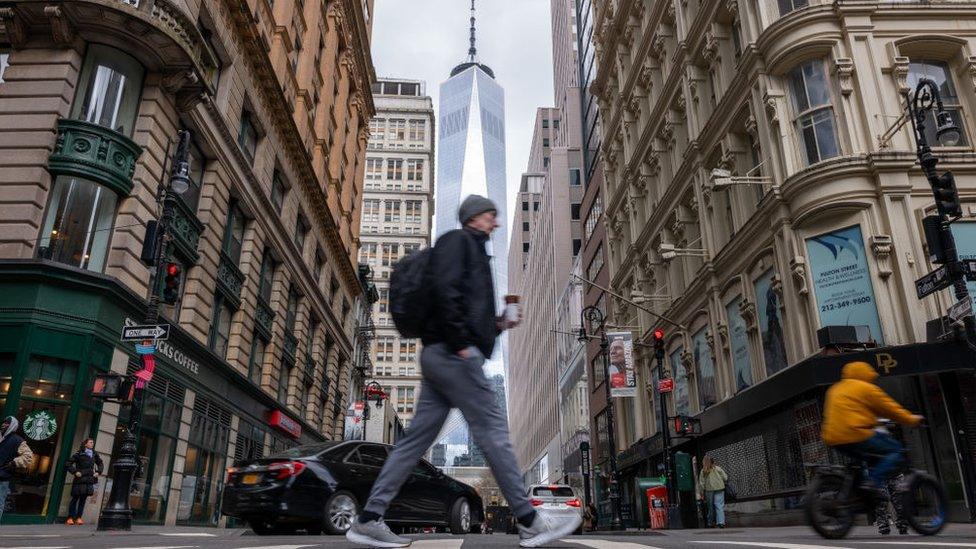New York and beyond rattled by rare East Coast earthquake
- Published
Watch: Earthquake shakes New York and New Jersey
New York and cities on the US East Coast are assessing the impact of a rare earthquake that swayed landmarks and cracked roads.
The magnitude-4.8 quake struck at 10:23 local time (15:23 BST) near Lebanon, New Jersey, and could be felt from Pennsylvania to Connecticut.
Residents spoke of being rocked by a violent rumbling that threw objects around their homes and damaged walls.
Officials are now conducting safety assessments of infrastructure.
At least six aftershocks were reported by residents and the United States Geological Survey, including one with a 4.0 magnitude felt around 18:00 local time.
In New York, the Statue of Liberty was seen swaying during the initial earthquake, while workers and residents across the city's five boroughs reported violent rumbling.
Jane Coxwell told the BBC she felt a "rattling" like a train passing while she was in a building in lower Manhattan. "Living in New York I have become accustomed to rattling from the subway. That's what I thought it was," she said.
"Then I realised I was on the ninth floor. It was a bit unsteady for sure. It felt like a passing train."
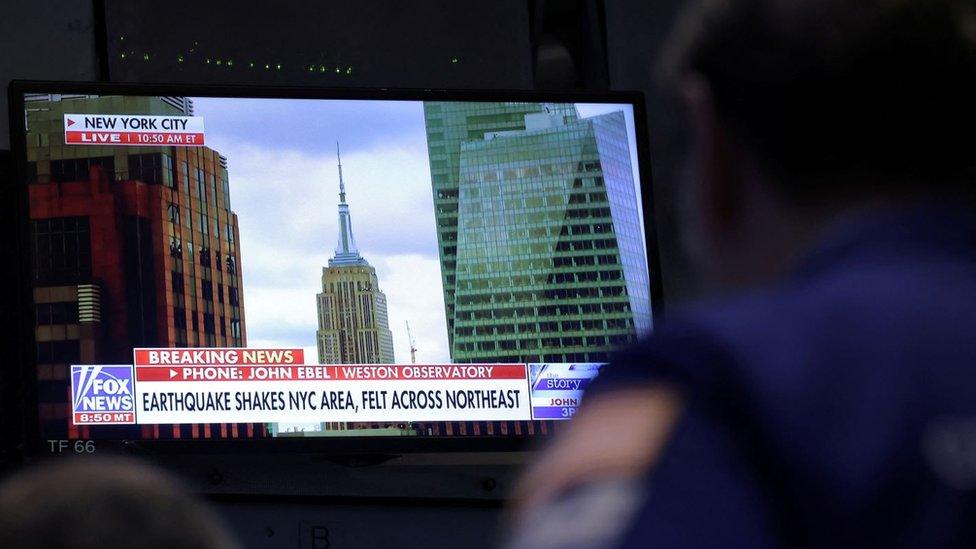
Brooklyn and the Bronx residents reported rattling cupboards, doors and fixtures.
Charita Walcott, a 38-year-old from the Bronx, said the quake felt "like a violent rumble that lasted about 30 seconds or so".
"It was kind of like being in a drum circle, that vibration," she said.
Another New York resident told the BBC's US partner CBS News how their lazy morning suddenly turned. "I was laying in my bed, and my whole apartment building started shaking. I started freaking out," they said.
At the UN Security Council headquarters, a meeting on Gaza was temporarily paused due to the tremor. "Is that an earthquake?" said Save the Children representative Janti Soeripto, who was speaking at the time.
Aircraft at two airports - JFK in New York and Newark in New Jersey - were temporarily grounded while runways were inspected.
Yet for all of the drama, New York state Governor Kathy Hochul said there had been no reports of major damage or injuries.
Ms Hochul warned of aftershocks, but said they are normal and not expected to cause further damage.
The latest aftershock in the early evening was reported on social media by several users, including the official page for the Empire State Building, which wrote on X: "Not again" and "I'm still fine".
Ms Hochul said that officials had started a damage assessment across the state to ensure the safety of buildings and infrastructure. "It's been an unsettling day, to say the least," she added.
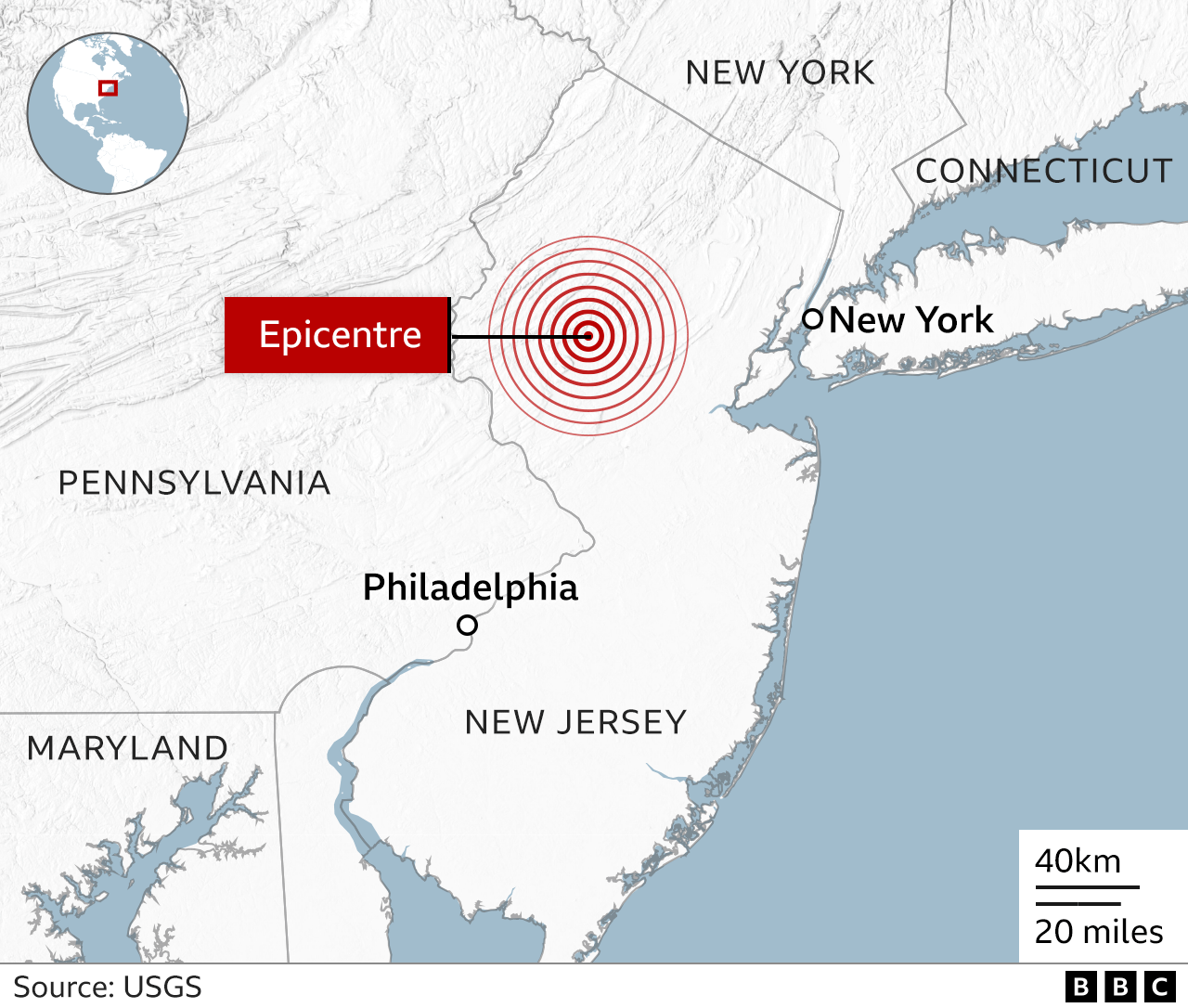
In the town of Union, New Jersey, about 35 miles from the epicentre, resident David Scibione told CBS how "things on our roof started coming down" when the shaking began. And when it had finished, the roads around his house had split from the force.
Allison Martins, also of New Jersey, was recording on TikTok when the rumbling started. Her "little video on the day in the life of somebody who works from nine to five" became something more as her camera caught her house shaking.
"We're not used to having earthquakes in New Jersey, let alone a big one like this; we were all scared," she said.
New Jersey Governor Phil Murphy said his state had also started a safety assessment. His top concern were the Hudson River tunnels, although there were no reports of major damage.
"The rail tunnels were built in...1911, which is why we're building two new ones," he said.
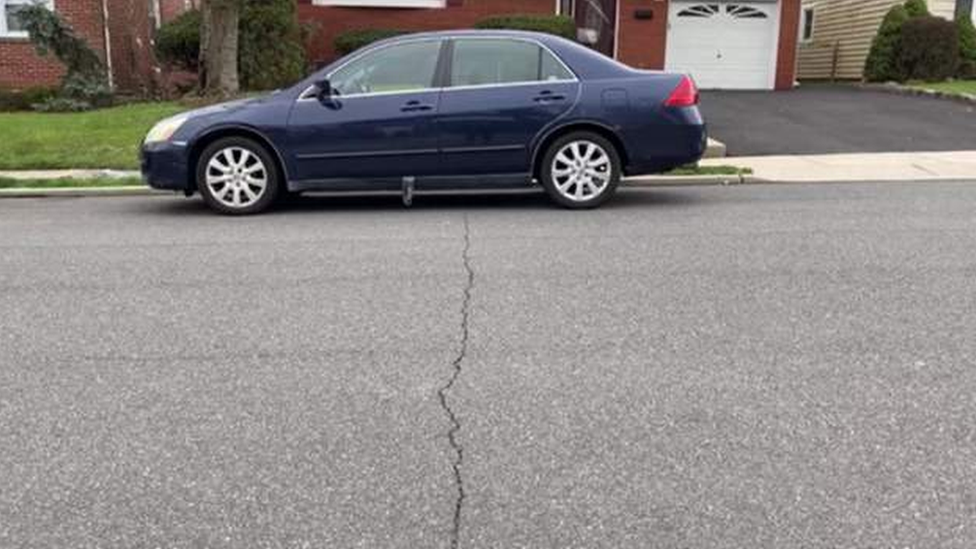
Cracks appeared in roads closer to the epicentre - such as here in Union, New Jersey
The East Coast and New York City are no strangers to earthquakes, although they are rare.
A quake hit near the town of Newcomb in upstate New York with a 5.1 magnitude in 1983, and a 5.0-magnitude tremor was measured in New York City in 1884.
But the biggest to affect the East Coast was in 2011, when a 5.8 quake in Virginia forced hundreds of thousands of people to evacuate buildings in New York, Washington DC and other cities.
Jessica Jobe, of the US Geological Survey, said said that Friday's quake may have happened on an old fault line that had become "reactivated".
"Although there are no known active faults in the area, there are dozens of older inactive faults that formed millions of years ago," she said. "And under the current stresses from tectonic plates moving those faults can be intermittently reactivated."
She added that earthquakes "can happen anywhere at any time", but there was only a 3% chance of a 5 magnitude aftershock in the next week.
Related topics
- Published5 April 2024
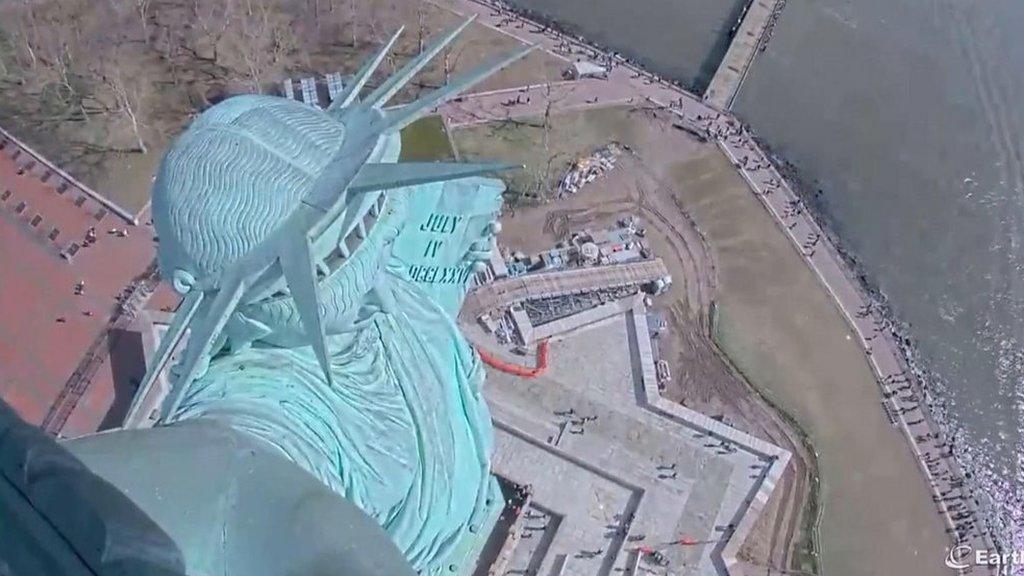
- Published5 April 2024
